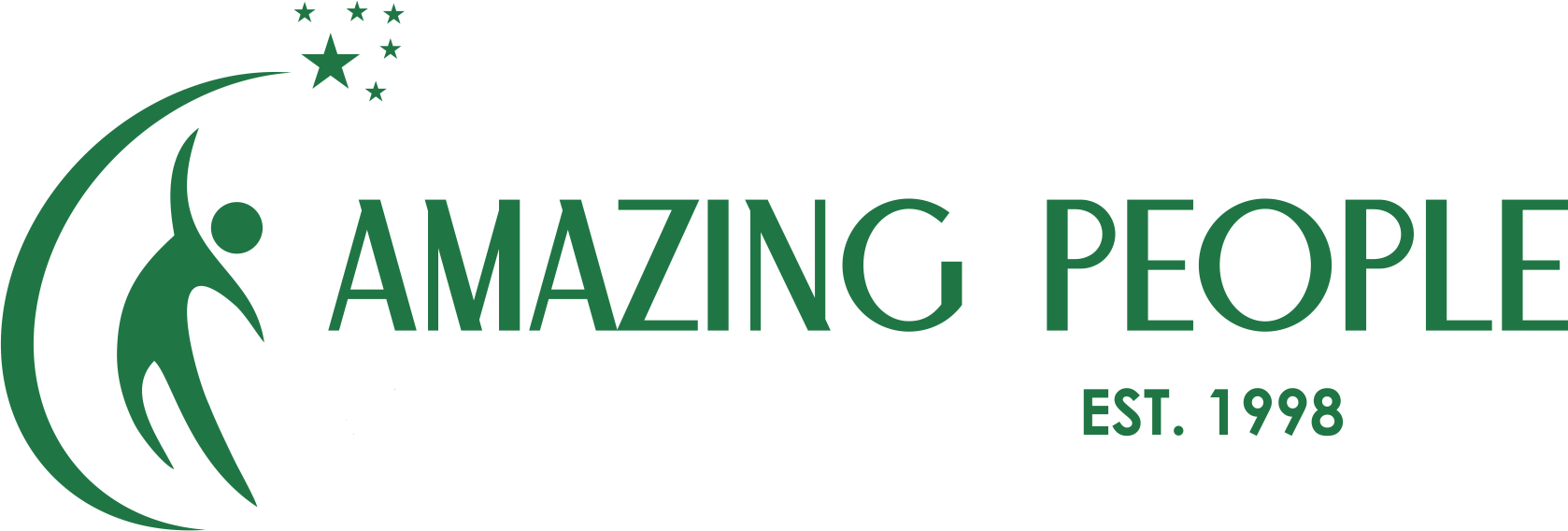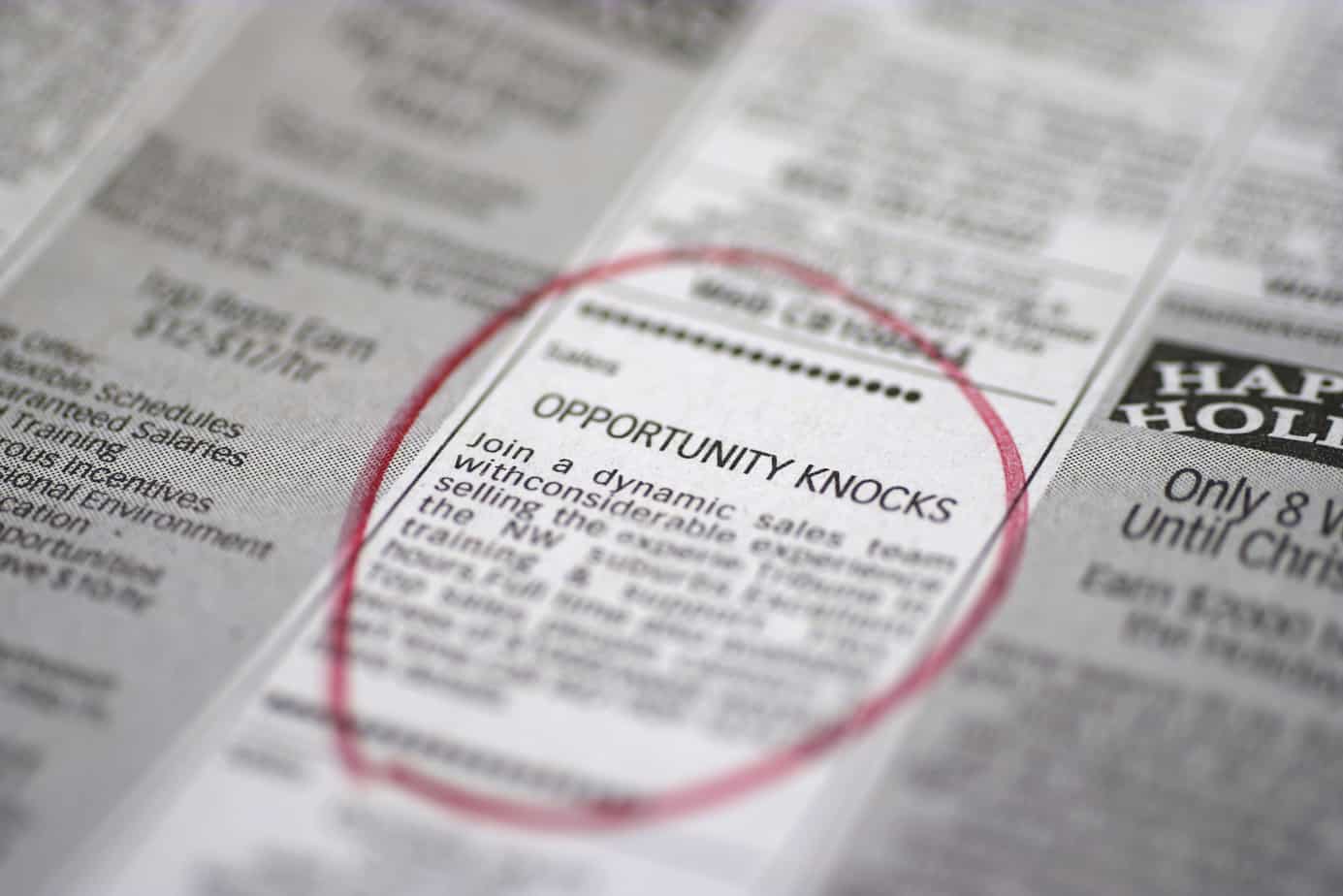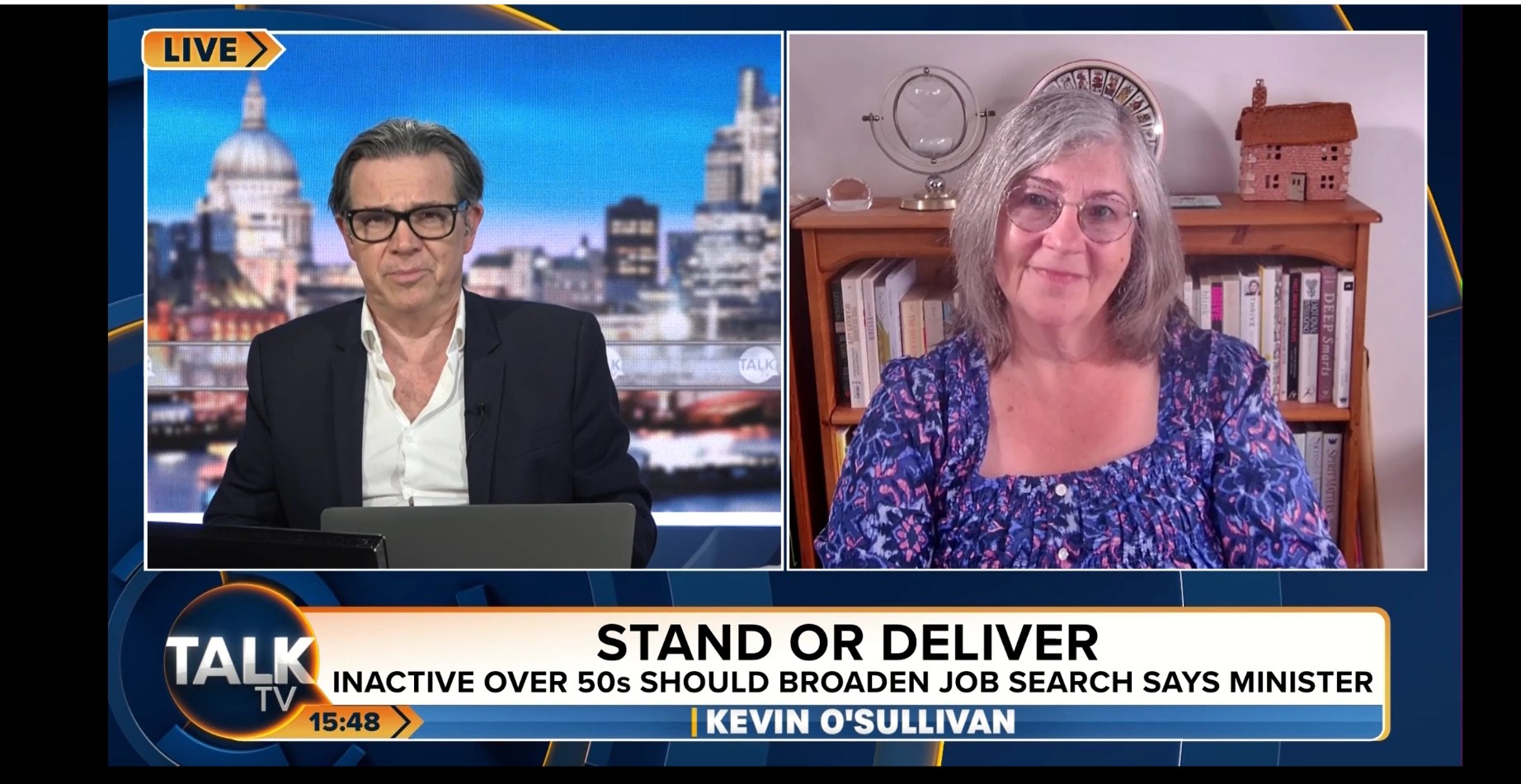Career coach Denise Taylor explains how to write covering letters in 10 easy stages. Read more…
Presentation – address the letter to a specific person. If the advert doesn’t say, ring the company and ask who to send the letter to. Don’t forget to put the job title at the top of the letter and reference number where applicable. Avoid long paragraphs, type the letter neatly and always spell-check.
Grammar – avoid the phrase ‘I am writing’ in your opening paragraph, as this is obvious. Avoid starting each sentence with ‘I’ or ‘my’. You need to focus on the company rather than yourself.
Personalise – the reader must know immediately that you have not sent this letter to another employer. Tailor your letters and decide how casual or formal you should make your language. Generalised letters impress no-one.
Content – incorporate into your letter, terminology the employer has used in the ad, written job description or in a conversation. Don’t forget to match THEIR NEEDS to YOUR EXPERIENCE and ABILITIES.
Structure – in your opening paragraph, state why you are writing, identify the position for which you are applying, and indicate how you heard about the position. Explain what interests you about the job. Your goal in the middle paragraph is to show how you can be useful to this particular organisation. Describe what strengths you have to offer by showing the relationship between your skills and experience and the vacancy. You can also describe your previous achievements and how they relate to the vacancy and identify three reasons why you should be called to interview. Refer the reader to your enclosed CV for additional information.
Emphasise – find relevant achievements in your work history and quote one or two succinctly and colourfully. It’s fine if you have also included them in your CV – your letter should expand on your CV and complement your career summary.
Detail – you will have researched the company as part of your preparation, so when explaining why you are interested in the organisation or position, avoid general statements like ‘I am impressed with your products and growth’. Write specifically about what products, what growth, and why you are impressed.
Why you – answer the question of ‘why you?’ What makes you worth considering? Emphasise your positive assets, such as education or skills, accomplishments and personal qualities in relation to the employer’s needs. Emphasise your strengths and experience.
Timing – if there’s a closing date, time your posting so that it arrives a few days after the main ‘rush’ that occurs within four-seven days of the advertisement’s publication (but not after the closing date!). Alternatively, you may prefer to be the first to respond.
Closing – end the letter with a specific statement of what your next step will be. If you plan to follow up with a telephone call, say so. If you plan to wait for the employer’s response, say so as well. Conclude by saying you look forward to discussing your career with the advertiser.
This information was taken from Denise’s best-selling book How to Get a Job in a Recession, which contains useful information on all aspects of job-hunting. To find out more, visit her website at https://www.amazingpeople.co.uk
help people decide what to do, be successful at job search and then be effective in their new job. Don’t hesitate to get in touch to discuss how I can help you.
Denise Taylor is a double award winning career coach and Chartered Psychologist with Amazing People, established in 1998. When you are unsure of your career future, need help with job search or seek to improve your presence in an online world, Denise can help. Denise is the author of 7 books including How To Get A Job In A Recession, Now You’ve Been Shortlisted and Fat to Fantastic






It sounds really basic doesn’t it – finding the right person to write to – but that really is the first hurdle! Sometimes it will actually come down to who bothered to do their research and find out the name of the person doing the employing!
Yes, sometimes people need to put themselves out a bit!